While fairy tales weave magical narratives that span generations, many emerge from historical and cultural contexts tinged with biases. Hiding in many of these tales, racial undertones can be found. Let’s look at 17 fairy tales that have deeper implications.
Aladdin and the Wonderful Lamp

Disney may have made this into a kids film, but the story of Aladdin does perpetuate stereotypes. Not only does the main character start as a thief, it also paints the image of the Orient as one place, skipping over the diverse cultures present in Asian societies.
Cinderella

This story, whilst innocent in its intentions, has been said to emphasize the princesses’ fairness as the ideal form of beauty, this is especially true in some versions. Inadvertently, this reduces the appreciation for diverse beauty standards.
Peter Pan
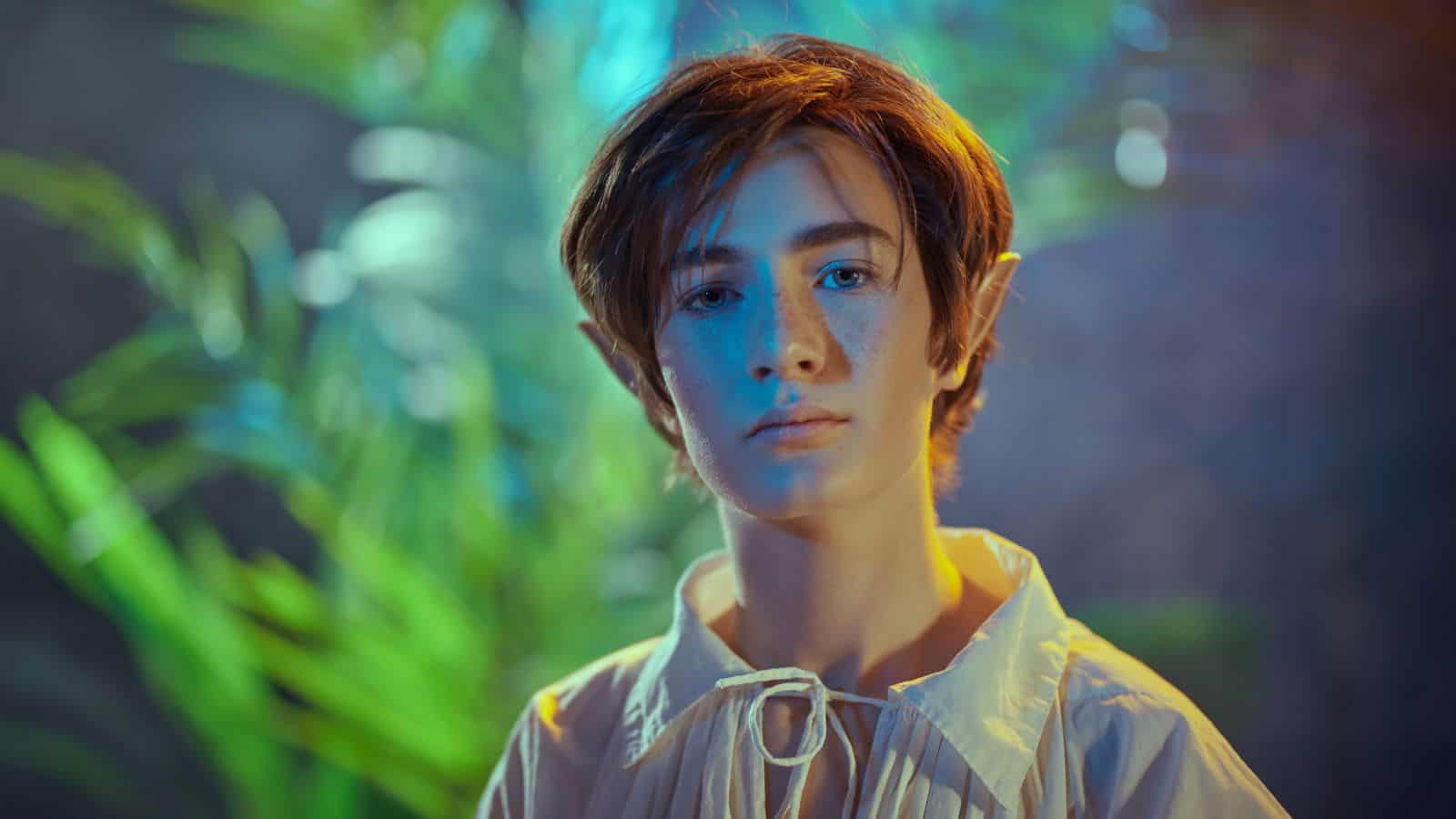
Whilst this may be another treasured classic, the way in which Native Americans are portrayed isn’t. Here Native Americans are shown to be simple-minded people, further encouraging harmful stereotypes regarding their speech, behavior and culture.
The Little Mermaid

In some versions of this story, the social hierarchy of the sea characters subtly reflects real life societal racial structures with some sea creatures being deemed as “lesser” due to their appearances.
Hansel and Gretel

The story of Hansel and Gretel is a cautionary tale that teaches kids to keep their wits about them. However, its portrayal of the witch and Romani people reflects negative stereotypes that are still present in modern-day Europe.
Rumpelstiltskin

We all know the story of Rumpelstiltskin and the trickery he used to steal a child before receiving his comeuppance. However, the tales’ themes of cunning and greed when linked with the antagonists’ portrayal reflect biases prevalent against Jews in medieval Europe.
Snow White

Just like her fellow princess, Cinderella, the color of Snow White’s skin is often highlighted as her defining beauty trait. This suggests that only those that have the same skin color as her can be as beautiful.
The Seven Chinese Brothers

This story has met criticism due to the fact that it glosses over the rich Chinese culture. It also implies that all Chinese people look alike, pushing a narrative that is both untrue and harmful.
The Golliwog Stories

Whilst this was a popular soft toy for children decades ago, it has not aged well. Since its creation, its appearance has since been scrutinized for its insensitive portrayal of black people.
Tintin in the Congo

Tintin is a well-recognized book series, however, not all the stories are so innocent. Tintin in the Congo paints the people of African cultures as naive and simple-minded, whilst showing Tintin as a superior white person from Western civilization.
Babar the Little Elephant
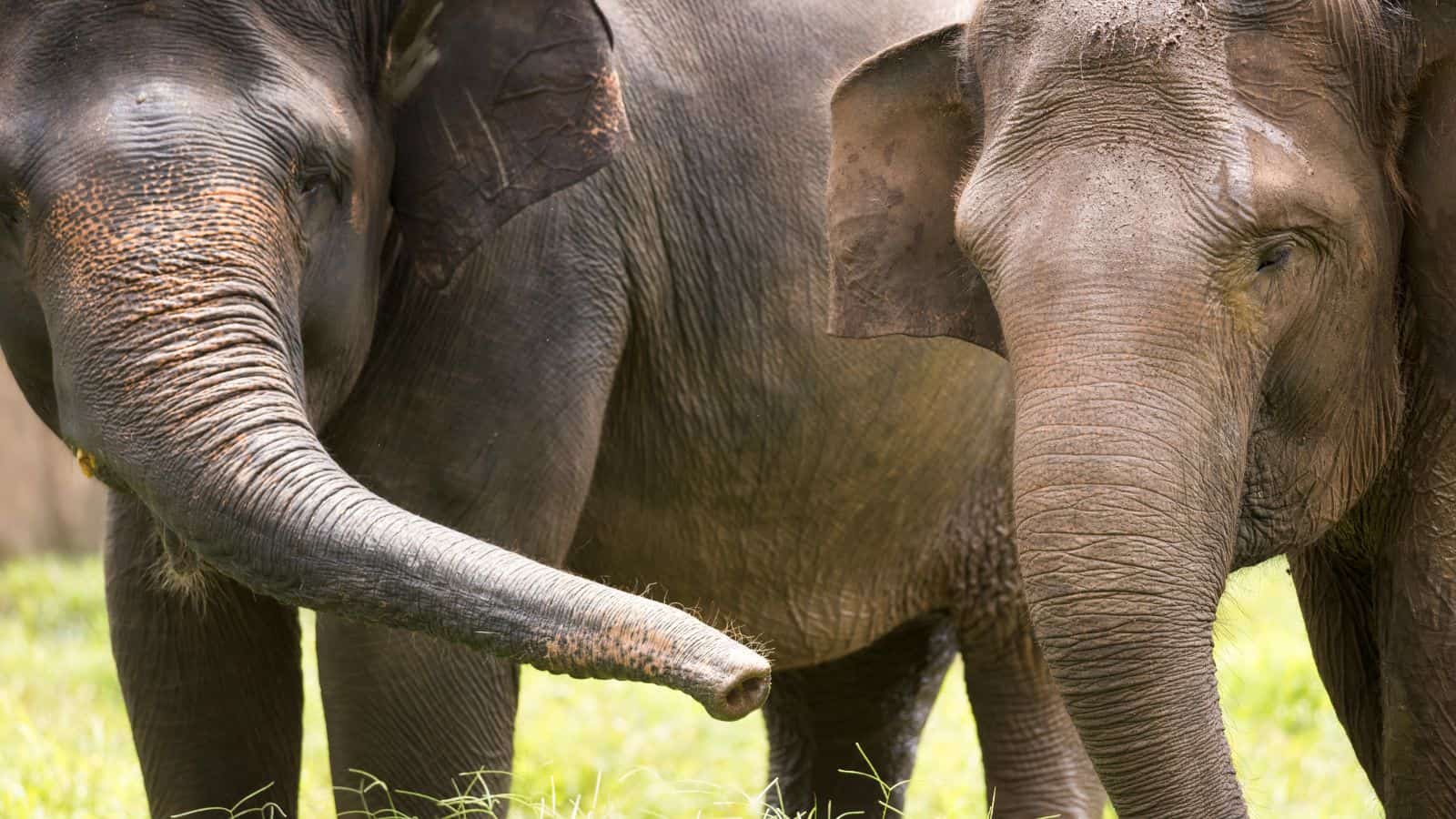
Another story that serves to reiterate colonial views subtly. This tells the story of Babar who returns to the jungle bringing with him his European customs, clothing and governance, implying that they are superior to his culture.
The Story of Little Black Sambo

This story was well received at the time of publication, but now that we can look back and reflect we can see the names and depictions present South Indians in a demeaning light, serving to reiterate colonial views.
Puss in Boots

One fairy tale that surprisingly has hidden racist implications is that of Puss in Boots. In this story, the ogre is shown to be barbaric, showing the idea that Europeans had of people that came from “other” cultures and lands.
Ali Baba and the Forty Thieves

This tale is about treacherous thieves that get ahead by using deceit gives way to negative stereotypes about people that come from Middle Eastern cultures, implying that they steal and lie.
Rapunzel

The first thing that comes to mind when Rapunzel is mentioned is her long golden hair. Many critics state that Rapunzel promotes a Eurocentric beauty standard. Implying that only western people could aspire to be as beautiful.
The Princess and the Pea

The tale of the Princess and the Pea tells the story of a young princess facing a test. However, due to its focus on a European standard of nobility, it unintentionally devalues other cultural norms of royalty.
The Emperor’s New Clothes

In the story of the Emperor’s New Clothes, the emperor is mocked when wearing non-European clothing in front of other people. This subtly pushes the idea that Eurocentric fashion is superior, reducing cultural diversity.
Read More: 20 Things We Did When We Were Young That We Regret Now
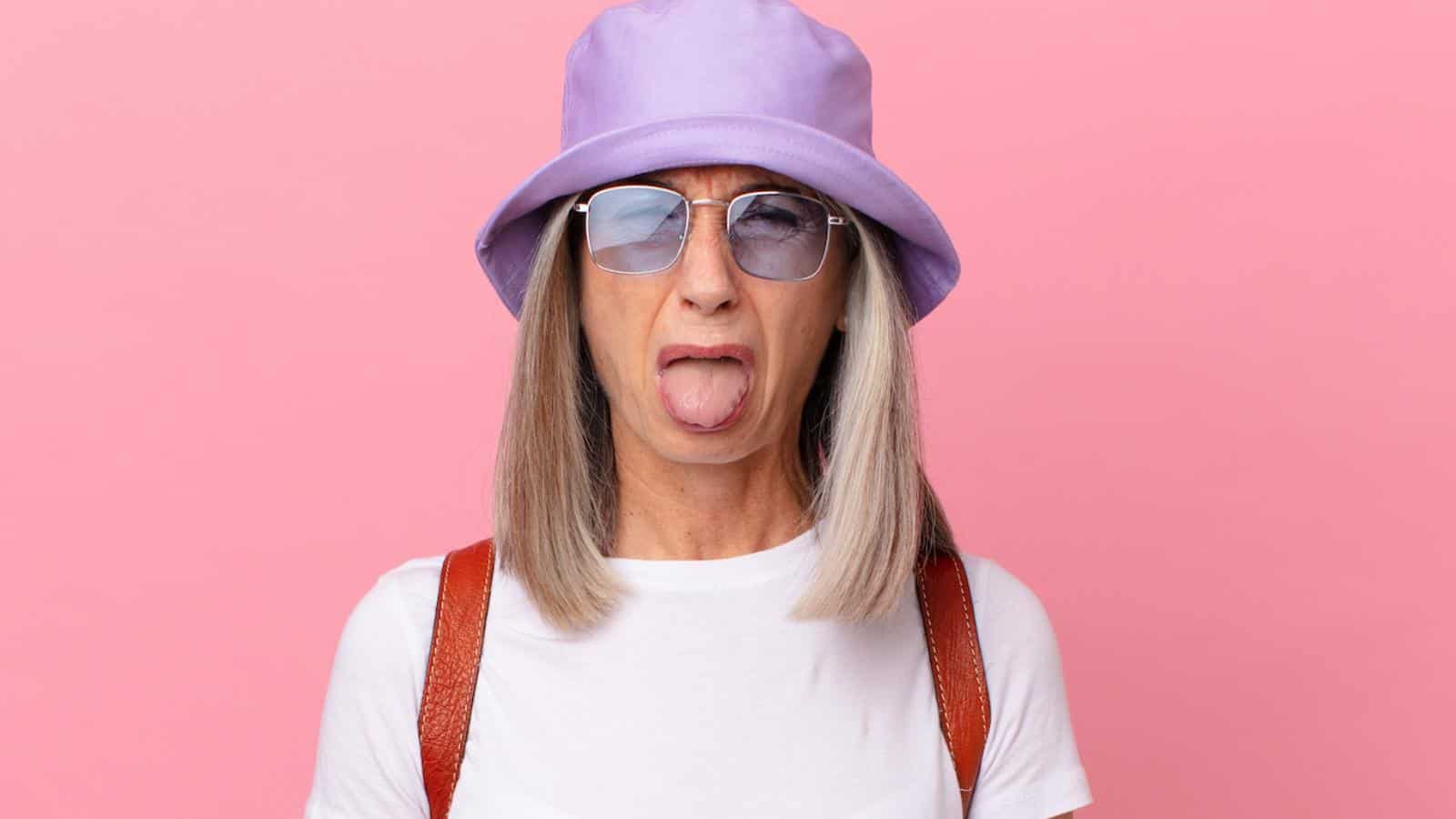
It’s easy to say hindsight is 20/20, but what advice would you really give your younger self? Here are 20 things that most people did when they were young that they regret today.
20 Things We Did When We Were Young That We Regret Now
17 Things That Used to Be Highly Respected But Isn’t Anymore

Many things in the world used to be well-respected before turning into complete jokes for various reasons. An internet survey recently asked people, “What is something that was once highly respected but is now a complete joke?” Here are the top 20 answers:
17 Things That Used to Be Highly Respected But Isn’t Anymore
17 Fairy Tales That Are Now Considered Racist
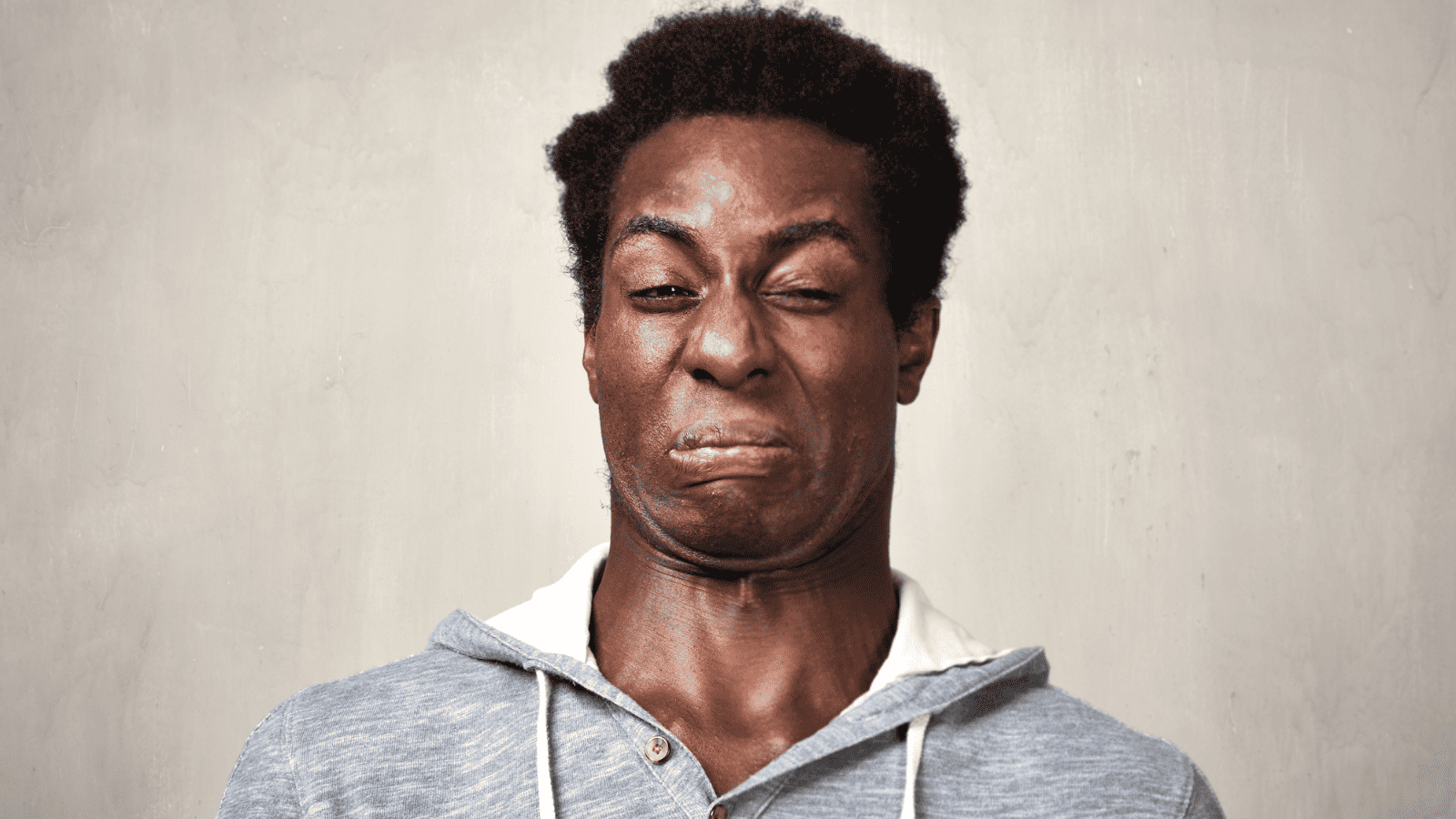
While fairy tales weave magical narratives that span generations, many emerge from historical and cultural contexts tinged with biases. Hiding in many of these tales, racial undertones can be found. Let’s look at 17 fairy tales that have deeper implications.
17 Fairy Tales That Are Now Considered Racist
17 Things Society Can No Longer Do Because Gen Z Said So

Gen Z, our digital-native, trendsetting generation, is making waves in the cultural sea, steering the ship of societal norms in fresh and unexpected directions. As they charter new territories, there are certain practices they’d rather we say goodbye to. Curious? Let’s take a look at 17 things the rest of us can no longer do because Gen Z said so.
17 Things Society Can No Longer Do Because Gen Z Said So
18 Common Traits Found in Adults Who Had Unhappy Childhoods
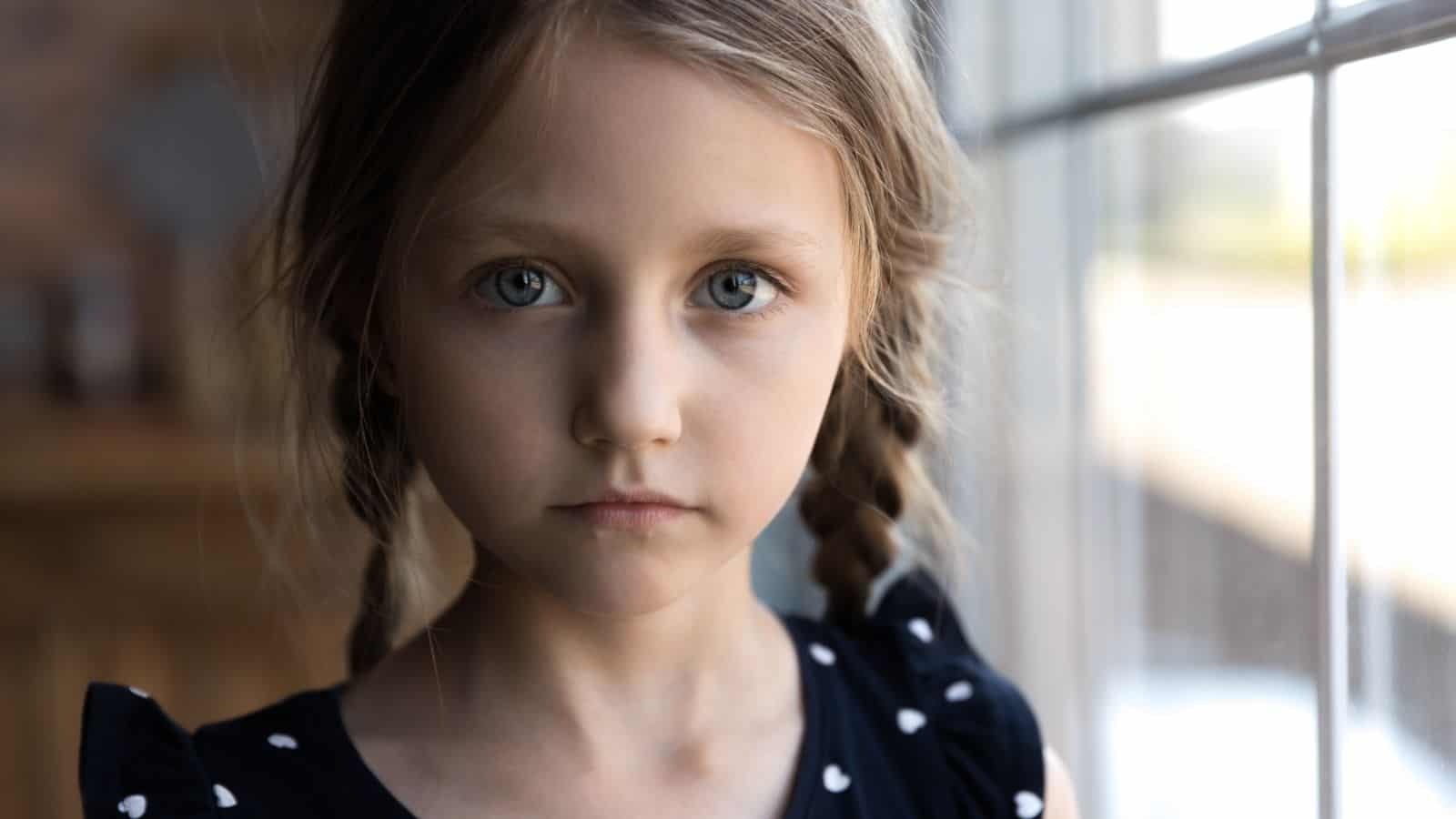
Being a parent is a hard job, so even those who are truly trying their best will often miss the mark on creating the best environment for their children. Unfortunately, this means that many of us grow up with far-from-perfect childhoods that affect us into adulthood. Here are 18 common traits found in adults who had unhappy childhoods.
